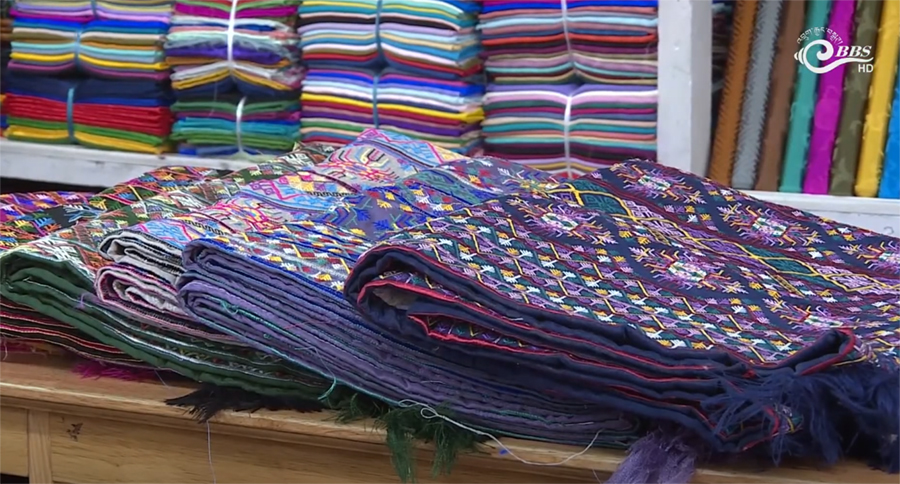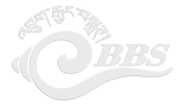
As innovation becomes increasingly woven into people’s daily lives, the challenge of preserving the rich heritage of traditional textiles while embracing modern technology becomes more challenging than ever. In response to the growing prevalence of machine-made textiles in the country, a stakeholder consultation was held in July to engage various community members and industry experts. The recommendations from the meeting have been submitted to relevant ministries.
Over the years, the influx of affordable machine-made textiles has raised concerns among local artisans and traditional weavers, leading to uncertainty about the future of Bhutanese weaving.
A recent innovation has introduced intricately designed machine-made kishuthara textiles into the Bhutanese market. Although plain machine-made textile designs were already available in the market, the innovation has successfully replicated the intricate designs of kishuthara. From a distance, the machine-made fabric can look almost identical to the handcrafted kishuthara.
According to business owners, despite machine-made textiles becoming widely available, they have not had much impact on the market, as people still prefer hand-woven textiles.
“Many traditional Bhutanese designs are being replicated by neighbouring countries and entering the market. However, a majority of the people still prefer traditional, handwoven kira. Some argue that machine-made options are more affordable, but we emphasise that the kishuthara which is woven out of silk is unique. Despite the presence of machine-made textiles in the market, many people prefer the hand-woven kira as its intrinsic value stands out,” said Norbu Wangdi, a textile business owner in Thimphu.
He added that although patterns may appear similar, machine-made textiles tend to be too bright.
While the price for handwoven textiles ranges from Nu 2,000 to 100,000, machine-made textiles cost less than Nu 5,000.
“I feel machine-made kira is better as it is affordable. Those who can afford it can opt for hand-woven textiles. But in general, many can afford machine-made textiles. Such kiras are light and comfortable,” said Chandra Maya Gurung, a resident of Thimphu.
The stakeholder consultation in July was focused on addressing the impact of machine-made textiles on Bhutan’s traditional weaving heritage. It was also for exploring avenues for blending tradition with innovation.
“In the meeting, we wanted to see the pros and cons of the machine-made textiles. When it comes to machine-made textiles, all office-goers and individuals in the country, wear gho and kira. So, integrating machine-made textiles is necessary, but we must also support local artisans to reduce dependence on imports. To reduce the import we need to work hard to have production within the country,” said Neten Dorji, an assistant designer at RTA.
Key recommendations from the stakeholder meeting included promoting local machine-made production to cut down on imports and creating distinctive tags such as geographical indication or GI tags to differentiate traditional woven textiles from manufactured ones.
Additionally, the group recommended developing quality standards for both textile types to empower consumers with informed choices.
Sonam Yuden
Edited by Kipchu














